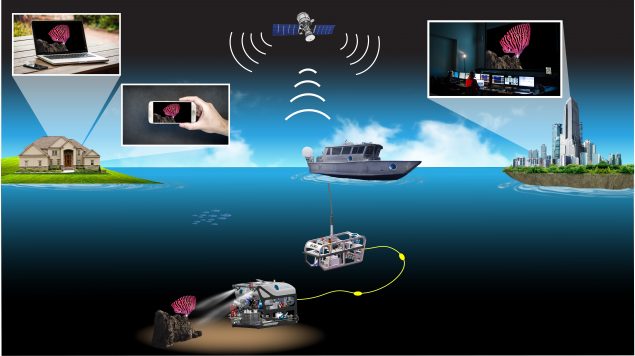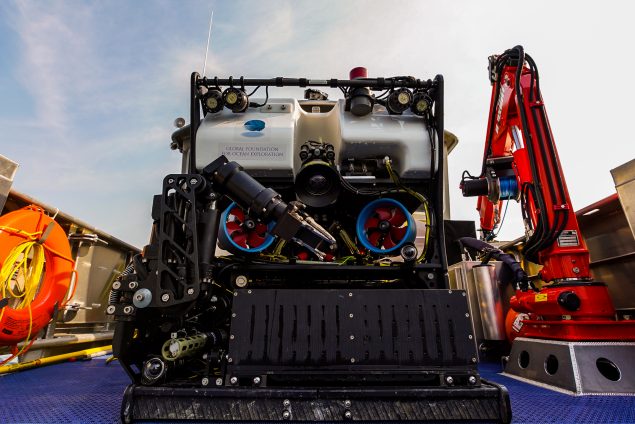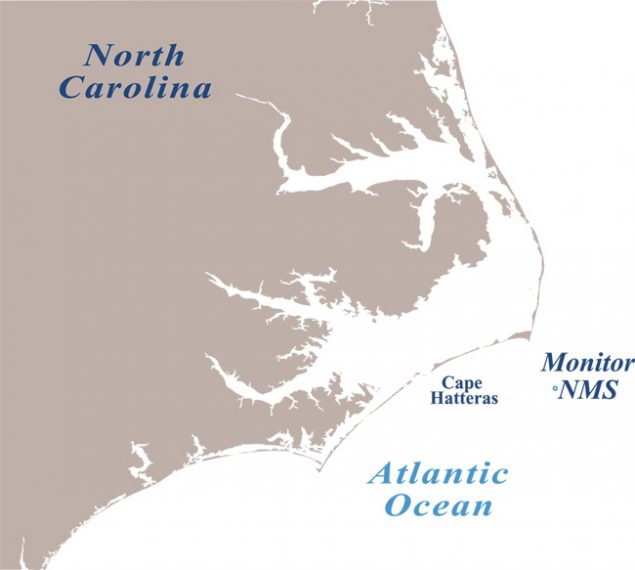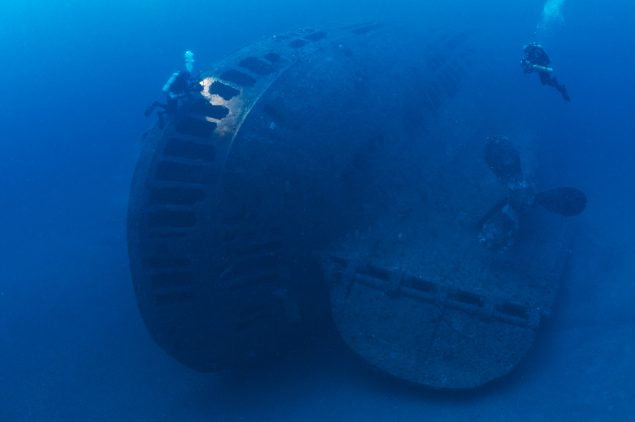What was the mission of the Valor in the Atlantic expedition?
The Global Foundation for Ocean Exploration’s three-week expedition in and around the Monitor National Marine Sanctuary (MNMS) used our Remotely Operated Vehicle (ROV) Yogi to explore historic shipwrecks from the U.S. Civil War, World War I, and World War II’s Battle of the Atlantic. Researchers looked at the biological communities on these shipwrecks to help answer questions about the ecological function in support of management of these ecosystems.
Can I see videos and social media posts from the expedition?
Yes! You can check out posts from the expedition by looking at the hashtag #allwrecks on Facebook, Instagram, Twitter, and YouTube. You can also watch highlight videos from the expedition in a playlist on our YouTube channel.
When was the expedition?
There were two separate Legs on this expedition:
Leg 1 was May 12 – May 19.
Leg 2 was May 20 – May 25.
Who is the Global Foundation for Ocean Exploration?
We are a team of engineers, filmmakers, and educators whose mission is to explore. We support underwater science and archaeology by creating the technologies that enable marine scientists and archaeologists to access the deep waters of the world. We are a nonprofit organization based in Connecticut.
How does video get from the bottom of the ocean?
You can see live video through GFOE’s telepresence system. Anyone with internet access can watch the video. Footage from the camera on our ROV Yogi is sent through a cable up to an antenna system called a VSAT (Very Small Aperture Terminal) on the research vessel. The signal is then sent to a satellite, which in turn sends the signal over the internet and into your home or educational facility. Archaeologists, historians, and marine scientists can also watch live from shore and call in to participate in the dive.
What is ROV Yogi?
Our Remotely Operated Vehicle (ROV) Yogi is a 1,100 pound robot that is capable of diving to 4,920 feet (1,500 meters). It is equipped with high-definition cameras, a manipulator arm to collect samples, state-of-the-art imaging sonar, and other instruments needed to explore deep waters. You can learn more about ROV Yogi here.
How deep didl ROV Yogi dive during this mission?
The diving depths for this expedition were between 60 and 230 meters (200 and 750 feet).
What is the NOAA Ship Nancy Foster?
Our support ship for this mission, NOAA Ship Nancy Foster, is one of the most operationally diverse vessels in the NOAA fleet. Homeported in Charleston, South Carolina, she is outfitted with multiple seafloor and water column mapping sonars and also has the ability to run ROV surveys, diver surveys, and more. The vessel is 186 feet with 5 NOAA Corp officers and 15 crew members with a total capacity of 39 passengers. You can learn more about NOAA Ship Nancy Foster here.
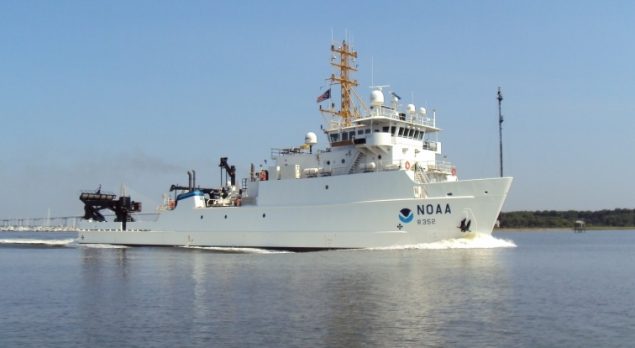
What is the Monitor National Marine Sanctuary?
The Monitor National Marine Sanctuary was the first National Marine Sanctuary designated in the United States, and protects the Civil War ironclad USS Monitor. It is located 16 miles off the coast of Cape Hatteras, North Carolina.

